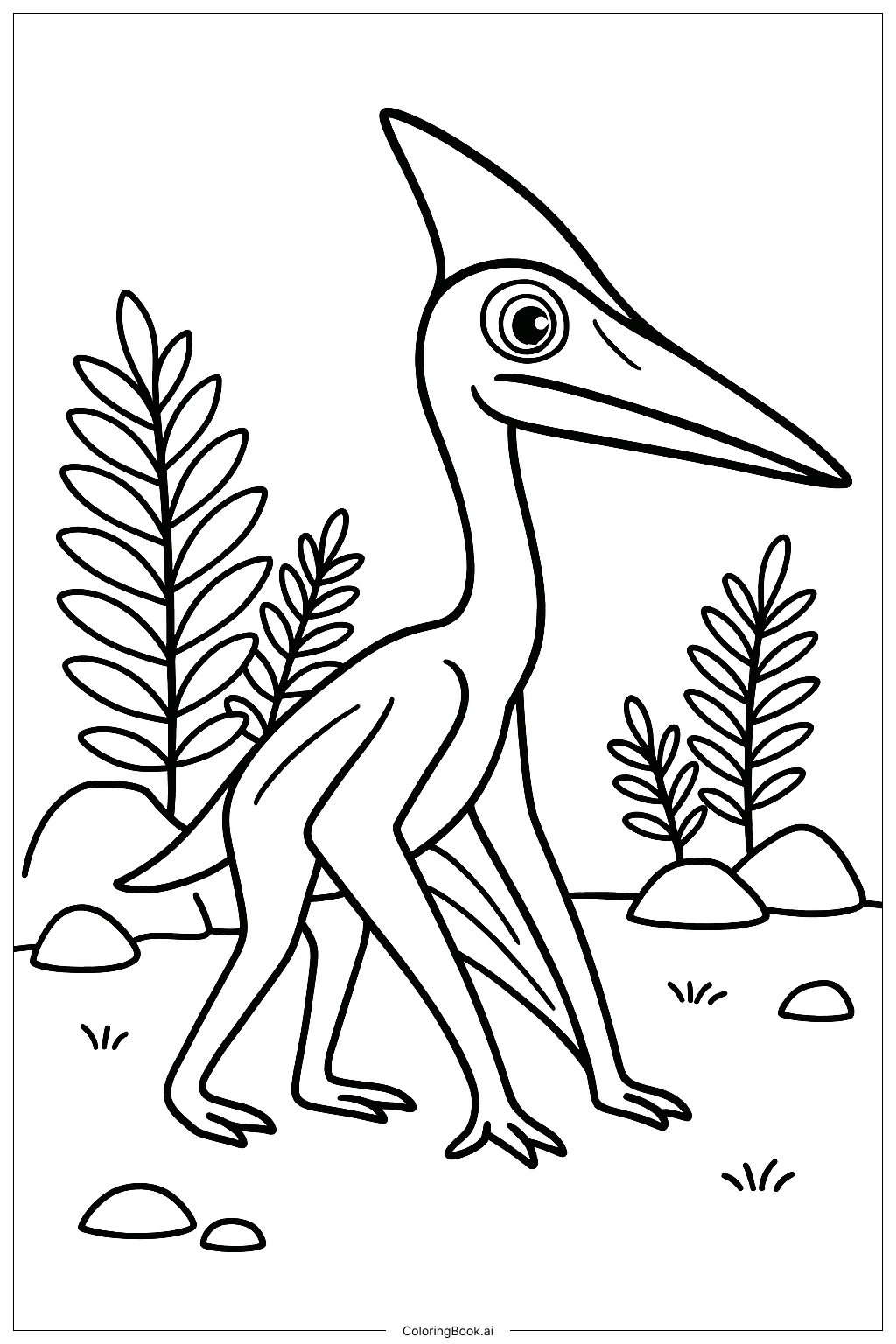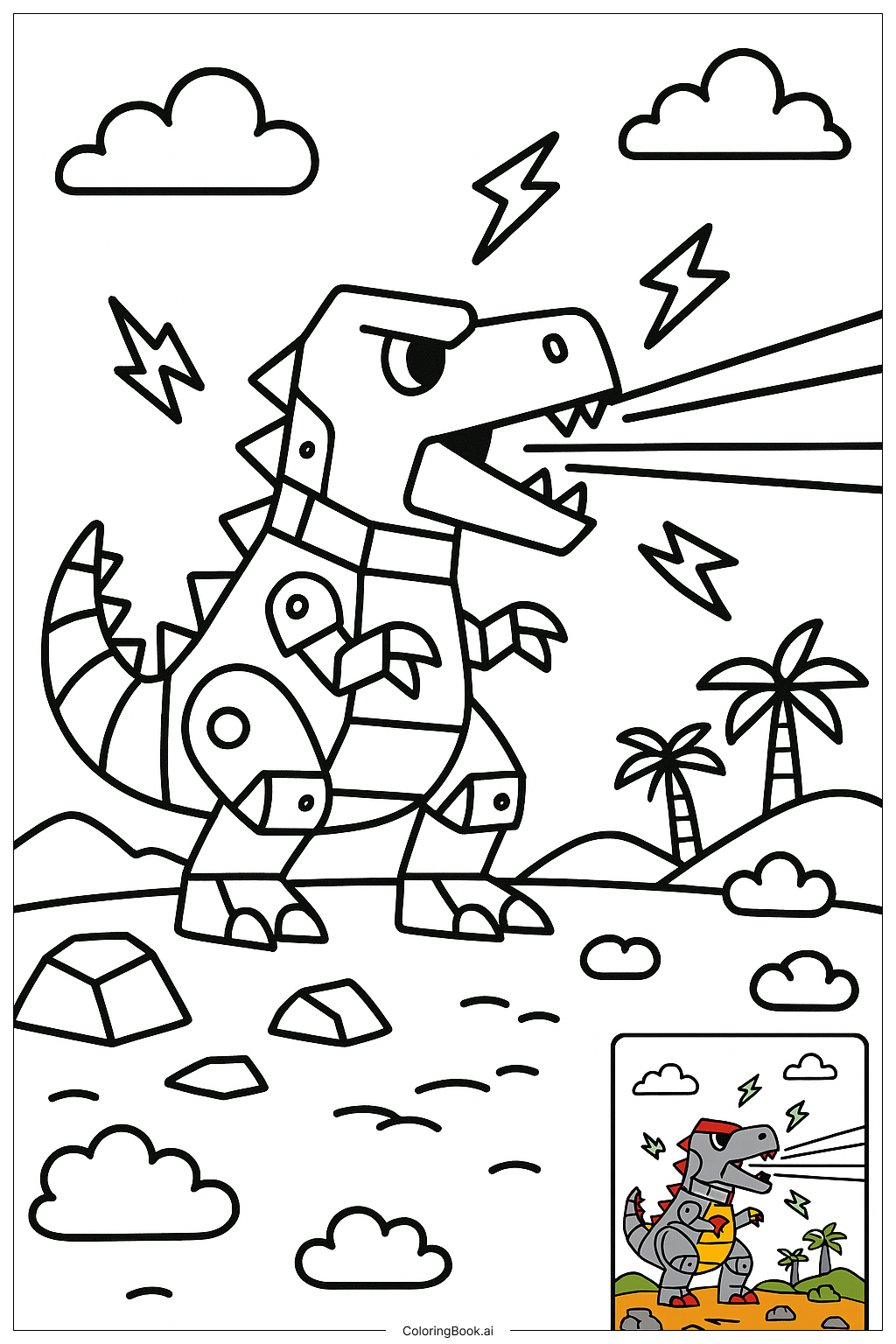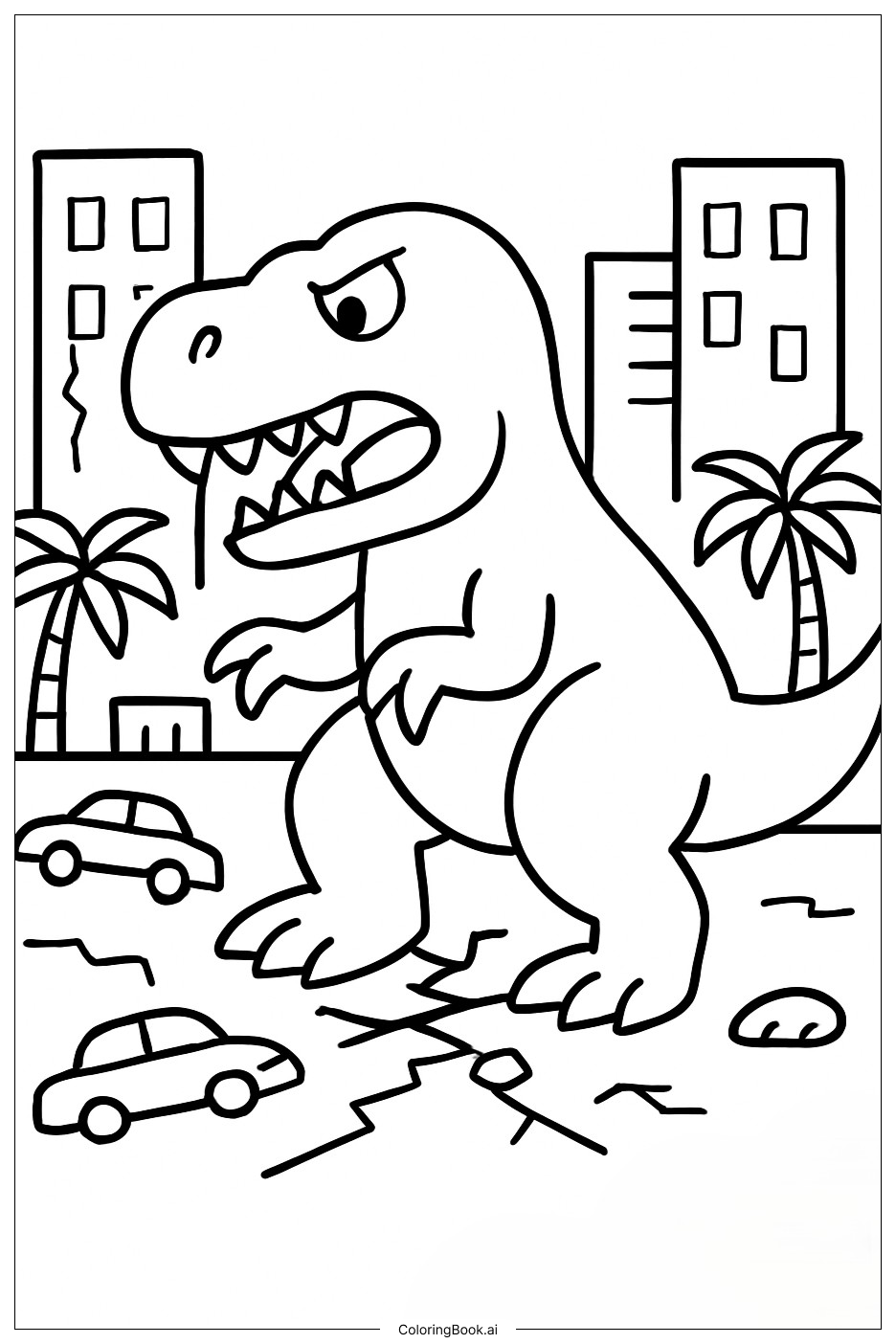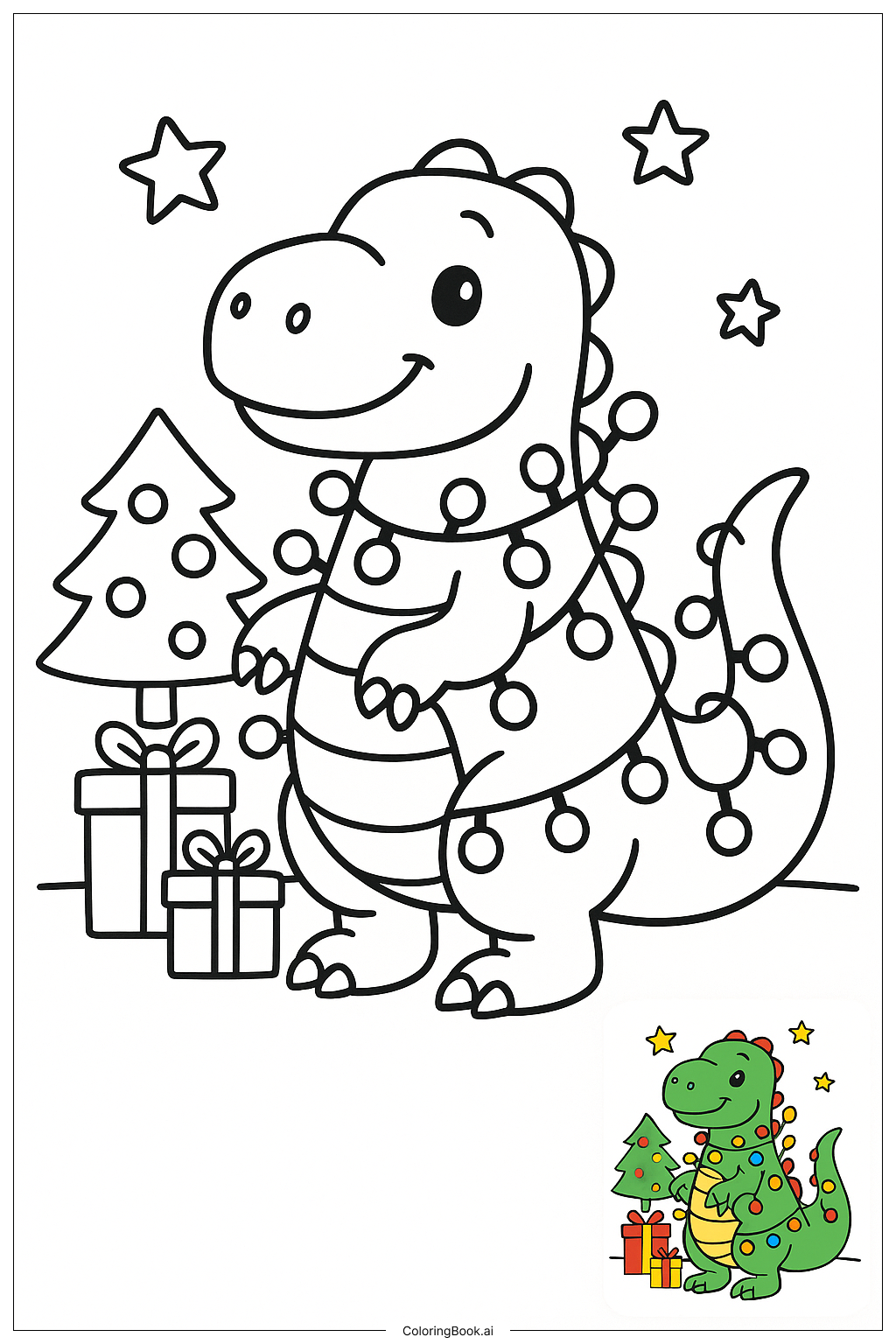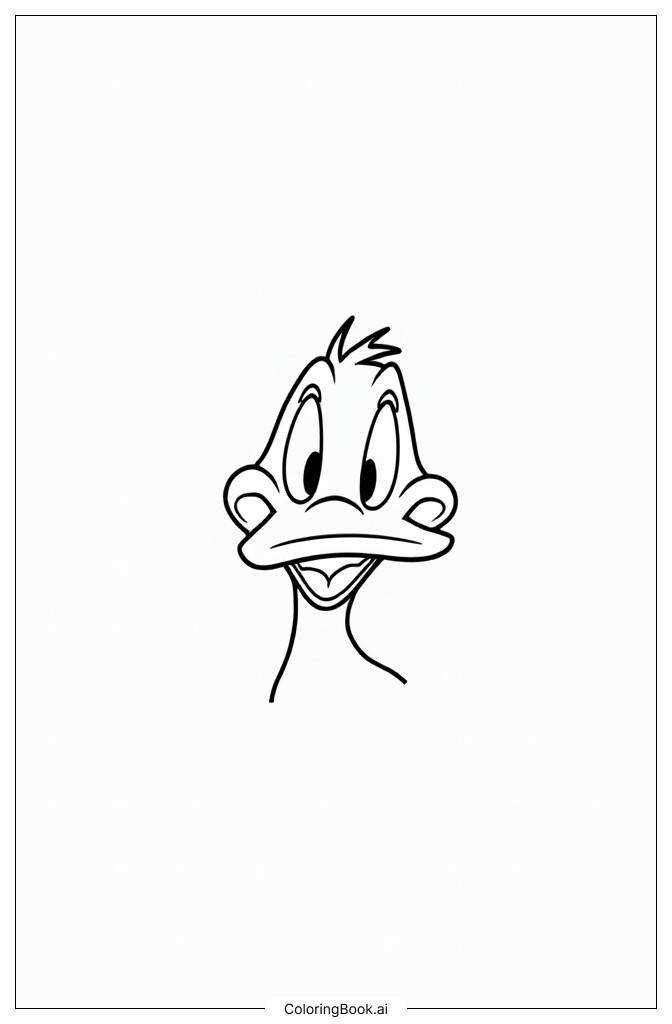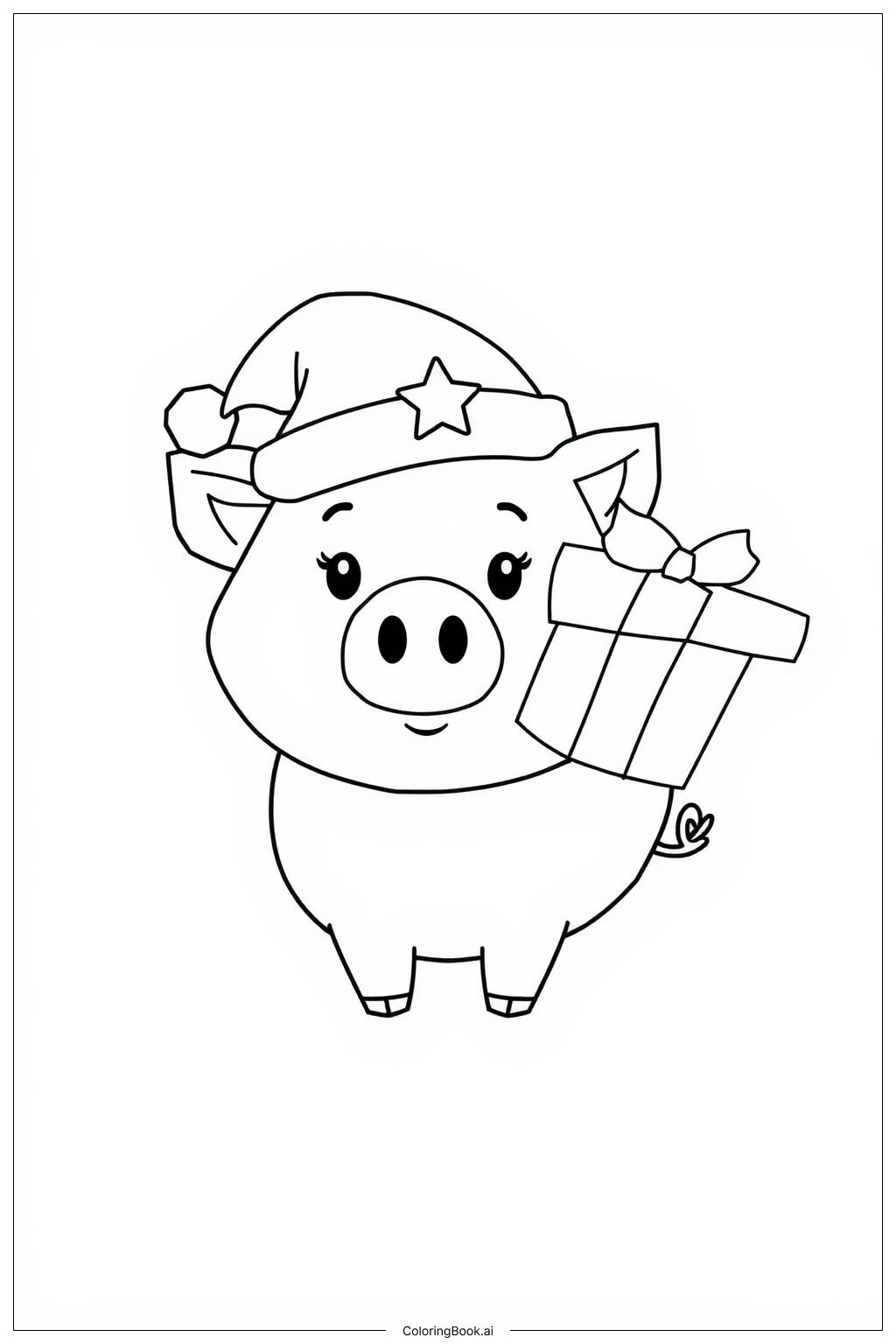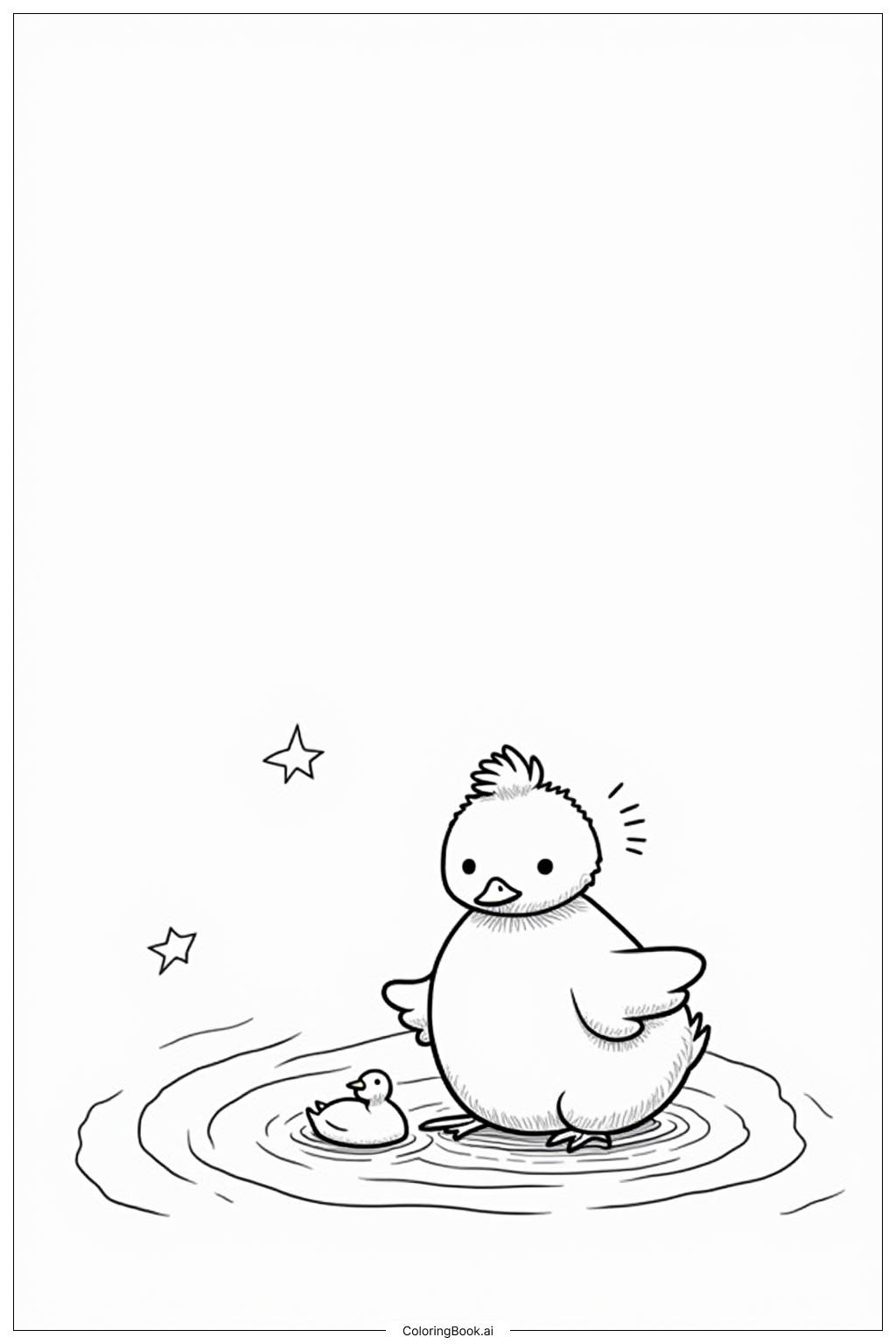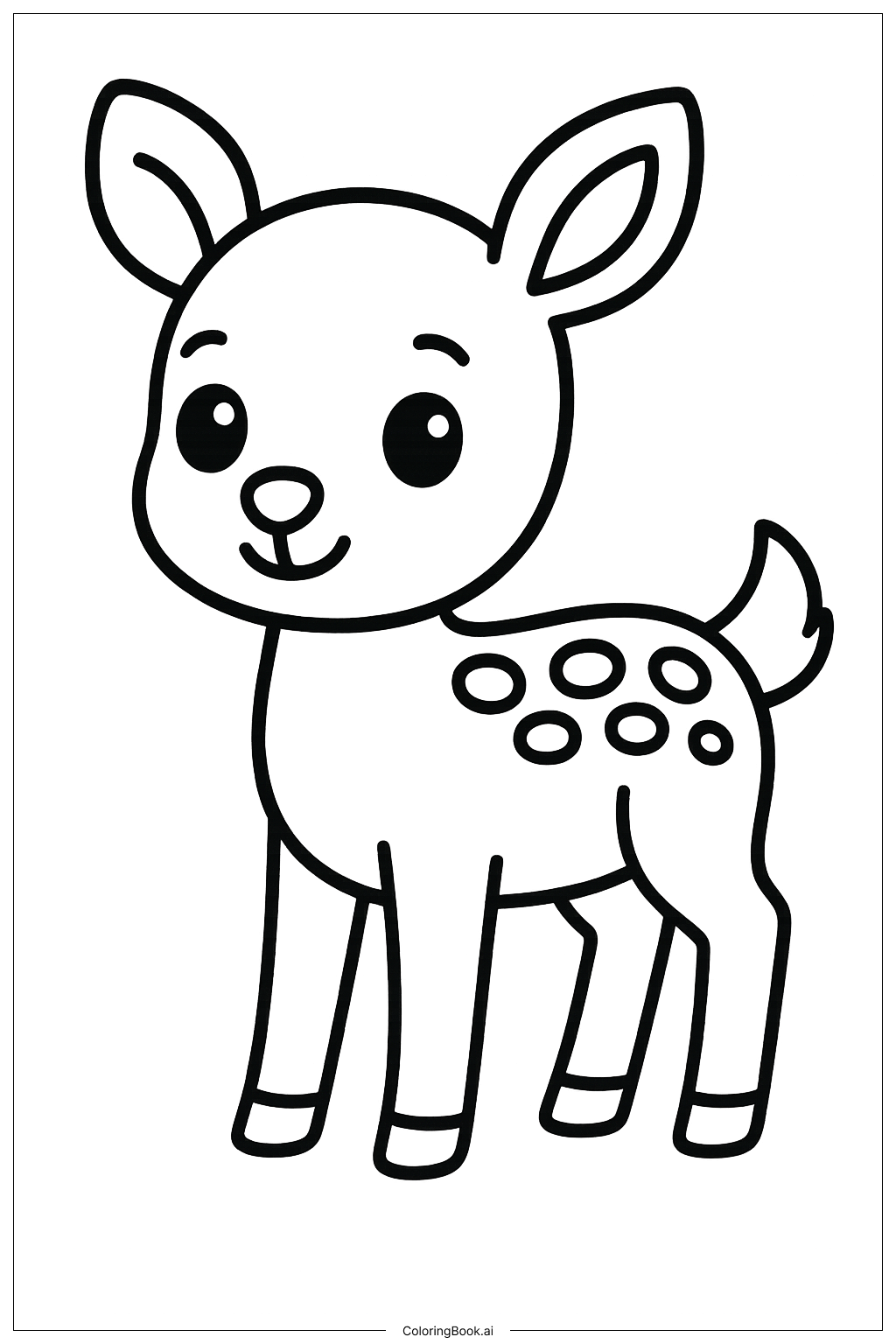Coloring tips: How to color Side Profile Of A Quetzalcoatlus coloring page well?
Use earthy tones like browns and greens for the land and plants. The Quetzalcoatlus can be colored in shades of gray, brown, beige, or even bright colors to make it fun. You can add lighter colors on its belly and darker tones on its back to show depth. For details like the eyes and beak, try using black or darker shades for contrast. Feel free to add a bright sky or sunset in the background to create a lively scene.
Coloring challenges: Which parts are difficult to color and need attention for Side Profile Of A Quetzalcoatlus coloring page?
1. The shape of the Quetzalcoatlus is large and covers much of the page, so keeping the colors neat inside the lines might be challenging.
2. The thin wings and legs require careful coloring to avoid going outside the lines.
3. The small plants and rocks in the background have many little shapes that may need patience and steady hands.
4. Balancing colors between the creature and the background can be tricky to make sure the main subject stands out.
5. Shading and layering colors on the Quetzalcoatlus to give it a 3D look could be a challenge for younger children.
Benefits of coloring books: Advantages of drawing Side Profile Of A Quetzalcoatlus coloring page
Coloring this Quetzalcoatlus page helps develop fine motor skills as kids carefully fill in small and large areas. It encourages creativity and imagination by allowing children to choose any colors they like for an extinct animal. Working on this page also improves focus and patience due to the detailed shapes. Moreover, it introduces children to prehistoric creatures, sparking interest in science and history. Coloring can be relaxing and fun, making learning enjoyable.
